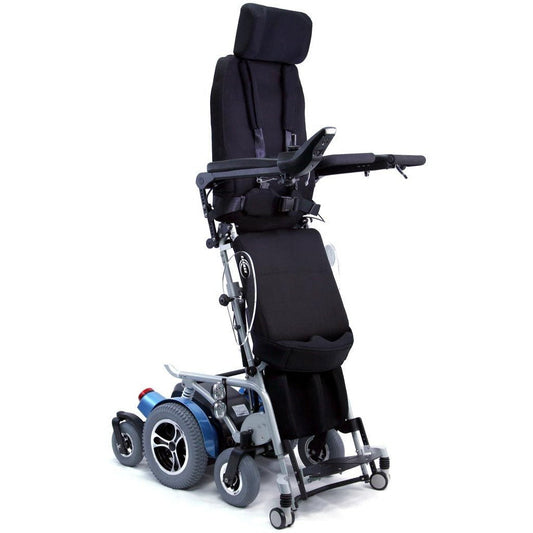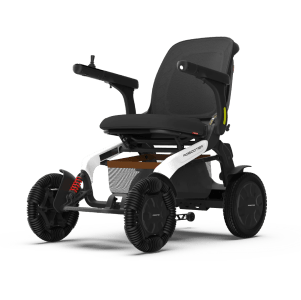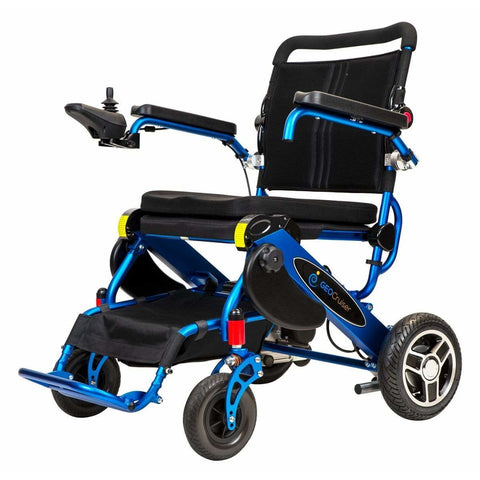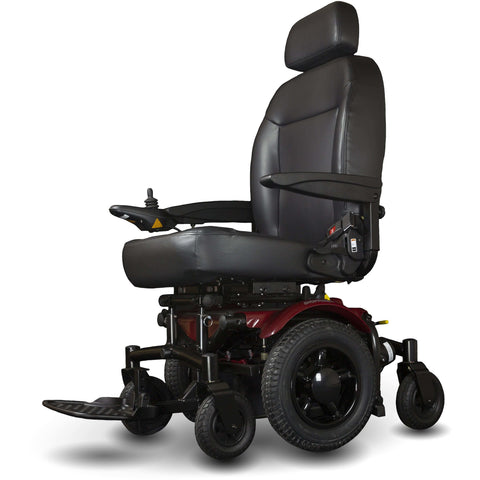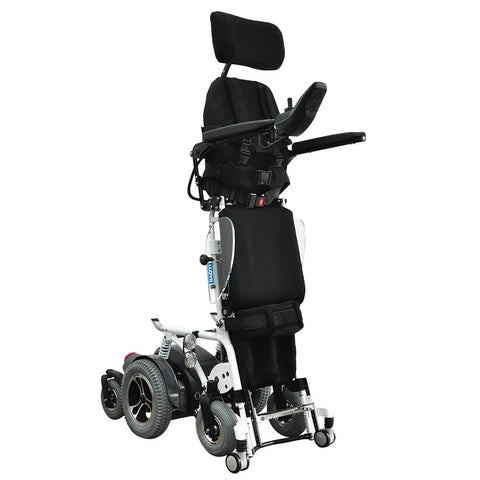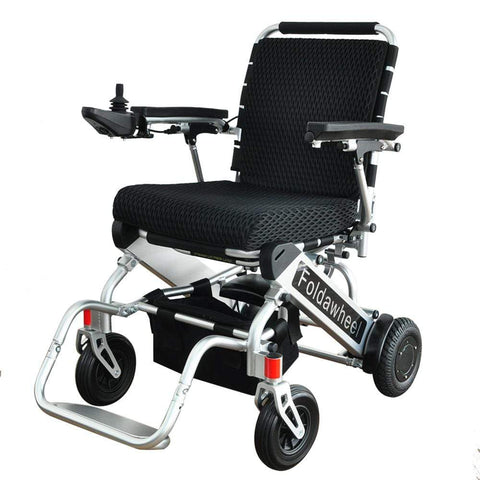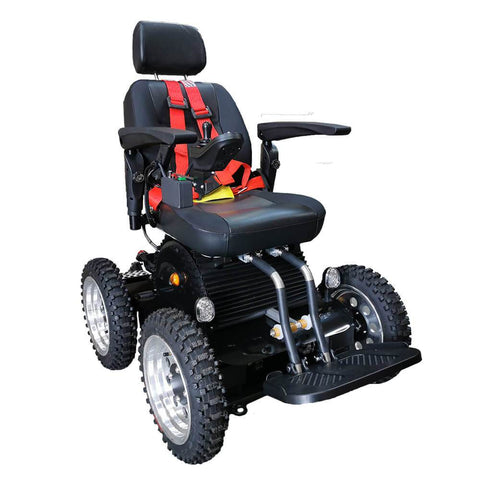Embarking on the journey to find the ideal power wheelchair can be a daunting task. With a plethora of options flooding the market, it’s crucial to seek guidance from wheelchair experts who understand the intricate needs and preferences of users like you.

1. Understanding Your Mobility Needs
When exploring power wheelchairs, the first step is understanding your unique mobility requirements. Wheelchair experts emphasize the importance of assessing your daily activities, living environment, and personal preferences to determine the features that will best suit your lifestyle. Whether you need enhanced maneuverability for indoor navigation or robust outdoor capabilities, a thorough understanding of your mobility needs will guide you towards selecting the perfect power wheelchair.
Moreover, consider factors such as the duration of wheelchair use each day, any existing health conditions that may impact your comfort, and the types of terrains you anticipate encountering. By delving deep into your mobility needs, in collaboration with wheelchair experts, you can ensure that the chosen power wheelchair aligns seamlessly with your lifestyle.
2. Considerations in Wheelchair Sizing
Wheelchair sizing plays a pivotal role in the overall comfort and functionality of your power wheelchair. Expert guidance is instrumental in determining the correct seat width, depth, and height to support proper posture and reduce the risk of pressure sores. Wheelchair specialists recommend conducting a detailed assessment of your body dimensions, considering aspects such as hip width, thigh length, and overall height.
Additionally, ergonomic considerations such as armrest height, footrest placement, and backrest angle are crucial for ensuring optimal comfort during extended periods of wheelchair use. By consulting with wheelchair experts on the intricacies of wheelchair sizing, you can enhance your overall mobility experience and prevent any discomfort or postural issues.
3. Weight Capacity and Comfort Features
When selecting a power wheelchair, evaluating the weight capacity and comfort features is paramount. Wheelchair experts stress the significance of choosing a wheelchair that can adequately support your weight while ensuring a comfortable seating experience. Factors such as cushioning materials, backrest support, and adjustable seating options contribute to the overall comfort and usability of the power wheelchair.
Moreover, considering additional features like reclining capabilities, tilt-in-space functions, and customizable seating configurations can further enhance your comfort and meet your specific mobility needs. Collaborating with wheelchair experts allows you to identify the ideal weight capacity and comfort features that align with your individual requirements.
4. Battery Life and Charging Options
Battery life and charging options are critical aspects to consider when choosing a power wheelchair. Wheelchair specialists advise assessing the battery range per charge, charging time, and battery durability to ensure uninterrupted mobility. Understanding the battery specifications and available charging mechanisms can help you select a power wheelchair that meets your daily requirements and lifestyle.
Furthermore, exploring innovative charging technologies, such as fast-charging capabilities and swappable battery systems, can offer added convenience and flexibility in managing your power wheelchair’s energy needs. Engaging with wheelchair experts provides valuable insights into optimizing battery life and selecting the most suitable charging options for your mobility routine.
5. Maneuverability and Terrain Adaptability
Maneuverability and terrain adaptability are essential considerations for enhancing the functionality of your power wheelchair. Wheelchair experts recommend assessing the turning radius, drive wheel configuration, and suspension system to ensure smooth navigation in various environments. Whether you require precise maneuvering in tight spaces or robust outdoor performance, understanding the wheelchair’s maneuverability features is key.
Additionally, evaluating the wheelchair’s terrain adaptability, such as traction control, anti-tip mechanisms, and all-terrain capabilities, can empower you to confidently navigate diverse landscapes and surfaces. By working closely with wheelchair experts to explore different maneuverability options, you can choose a power wheelchair that offers seamless mobility in any setting.
6. Customization and Accessories
Personalizing your power wheelchair with customization options and accessories can elevate both the functionality and aesthetics of your mobility device. Wheelchair specialists highlight the importance of selecting accessories like cup holders, storage compartments, and positioning supports to enhance your comfort and convenience during daily activities. Customizing your power wheelchair allows you to tailor it to your specific needs and preferences.
Moreover, exploring advanced customization features such as specialty seating systems, joystick configurations, and alternative drive controls can further optimize your wheelchair experience. By collaborating with wheelchair experts on customization possibilities, you can create a personalized power wheelchair that reflects your unique style and maximizes your mobility comfort.
7. Budget-Friendly Options without Compromising Quality
Navigating the realm of power wheelchairs involves finding budget-friendly options that align with your quality expectations. Wheelchair experts advise researching different models, brands, and financing options to identify cost-effective yet reliable power wheelchairs. Prioritizing essential features based on your mobility needs can help you strike a balance between affordability and quality.
Furthermore, exploring warranty coverage, service agreements, and post-purchase support from reputable manufacturers can provide added peace of mind when investing in a power wheelchair. By seeking guidance from wheelchair experts on cost-effective solutions and value-driven choices, you can make an informed decision that meets both your budget constraints and quality standards.



